6 living species that help monitor water quality
Before lab testing for water quality became commonplace, observing species living in and around water was a good way to understand how safe it was to drink or swim in. From water treatment to beer making, here’s how we’re still using their super-sensitivity to help us assess water today.
Clean and safe water is essential for our health, and drinking water in particular has to meet extremely high quality standards before it is approved for consumption. Typically, chemical and bacterial tests are run to test water, but there are other methods of doing this.
In areas around the world, there are living species which are highly sensitive to the smallest changes in their environment. These six examples show their ‘superpowers’ can help us to understand fluctuations in water quality.
Monitoring molluscs and crayfish
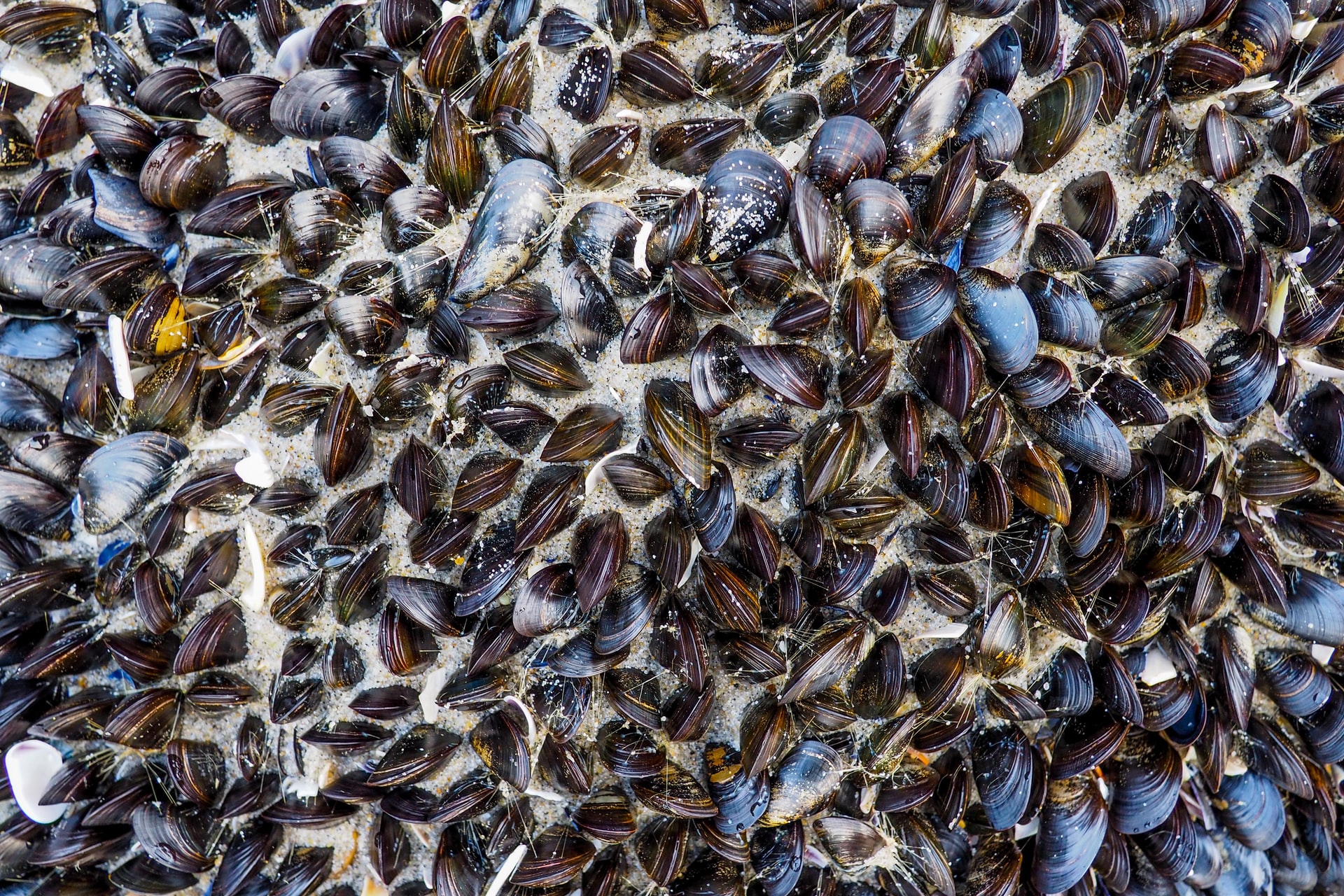
Believe it or not, the behaviour of mussels can be an accurate indicator of water issues such as hazardous algae blooms, pollutants and hypoxic conditions. Mussels, and other molluscs, have a low tolerance for pollutants and prefer to live in clean water. If their environment becomes too highly polluted, they clamp their shells shut to protect themselves. In the Dębiec Water Treatment Plant in Poland, this knowledge of mussel behaviour is used to manage safe water supply. Eight mussels with sensors glued to their shells are connected to a computer network, and if the network registers that four mussels have closed their shells simultaneously the water is judged not suitable for use and supply is shut off.
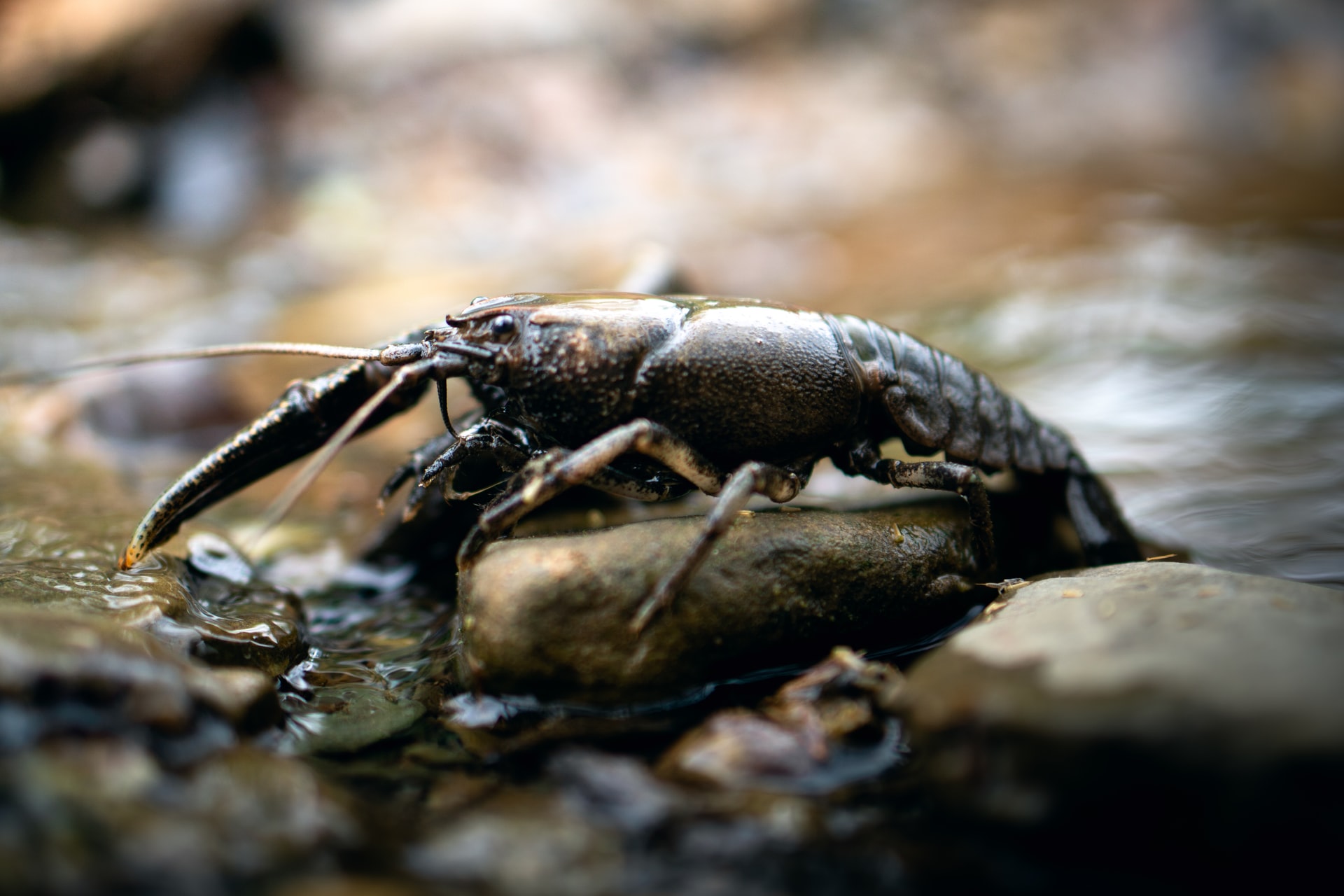
Similarly, the Protivin brewery in the Czech Republic uses crayfish outfitted with sensors to monitor the purity of the water used for beer making. The crayfish are fed the same local source water used in the brewing process and if the sensors pick up pulse changes in three or more of the invertebrates, employees know water conditions have changed and need to be checked.
Measuring mayfly and amoeba populations
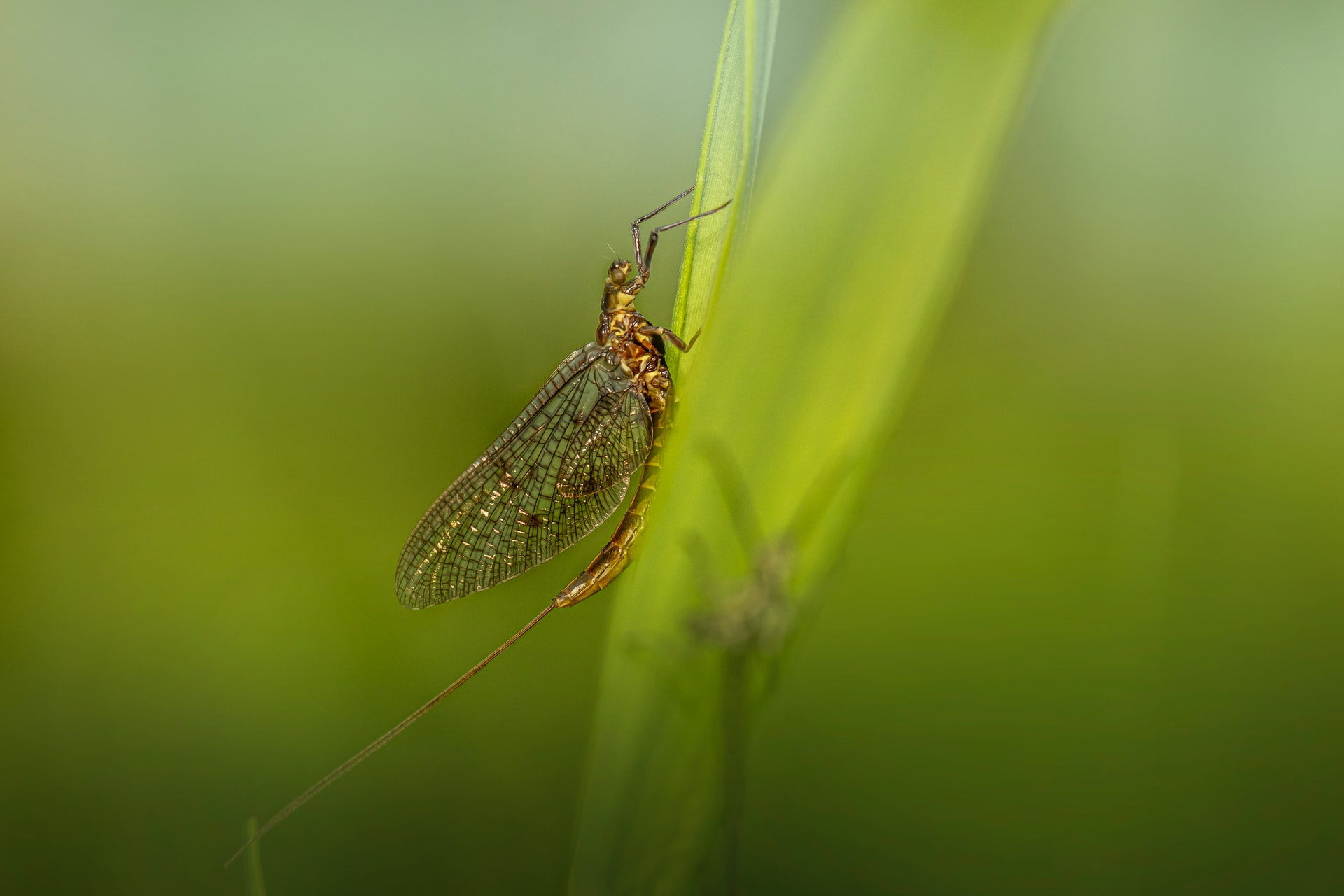
Like mussels, mayflies are sensitive to pollution that removes oxygen from water, such as sewage, and choose to live near relatively clean sites. While their presence alone may not indicate safe drinking water, it can indicate a healthy aquatic ecosystem. In Maine, US, the Biological Monitoring Program collects and analyses data about mayflies and their surroundings to help monitor the environment in wetlands, streams and rivers.
On an even smaller scale, studies show that the presence of different amoebas in water can also give a good indication of the overall health of the environment. In Mexico, researchers found that the presence of certain types of amoeba indicated high-nutrient and low-oxygen levels in temperate waters. And in New York, US, researchers studying amoeba populations found that they were “rapid responders and recorders of environmental change” as they were sensitive to even the smallest changes in the water they were living in.
Tracking fish and bird health
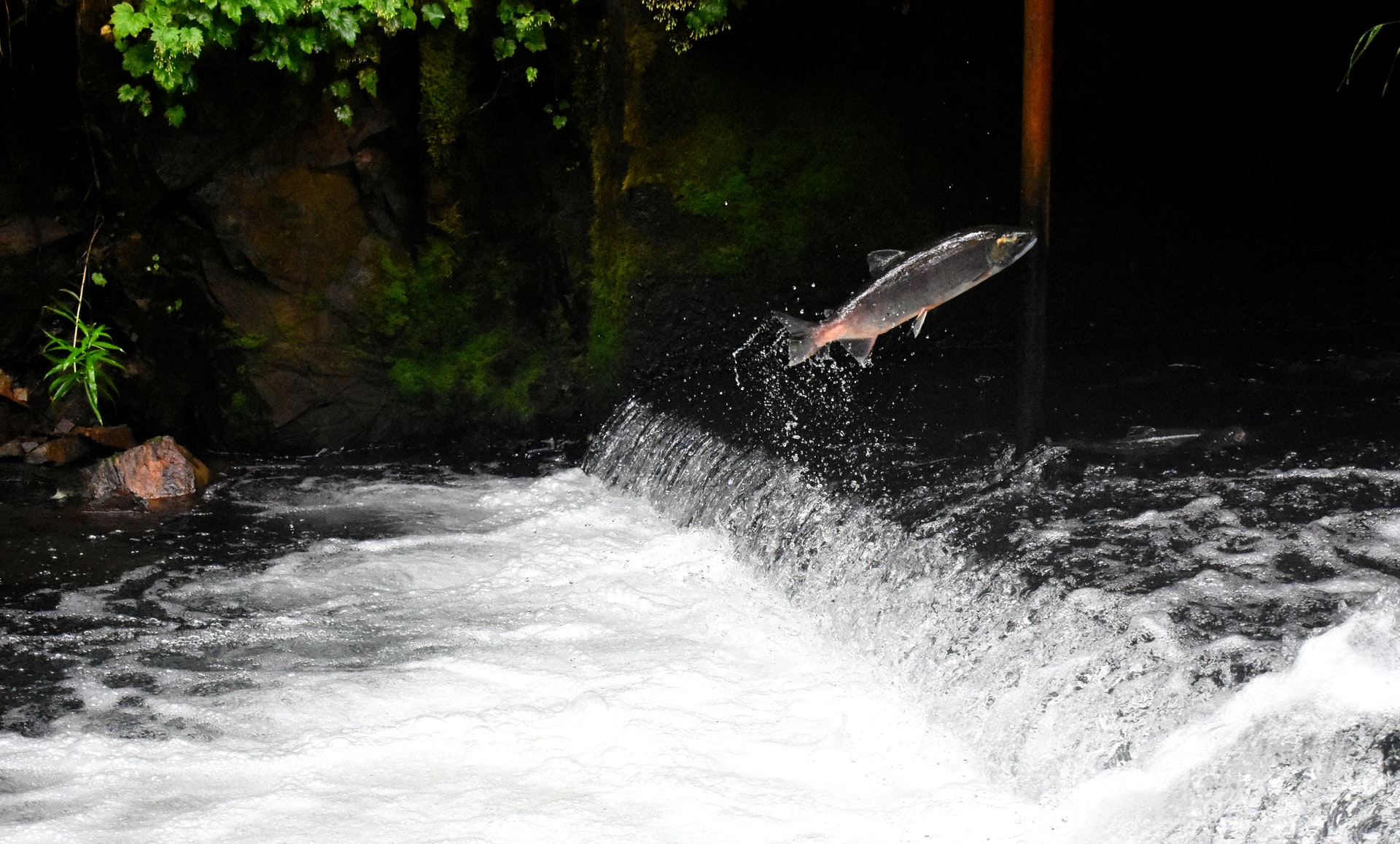
While we may think of safe water as being drinkable or even swimmable, researchers at Summit Metro Parks in Ohio, believe it should also be fishable. They found that collecting data on the diversity of fish species and the overall health of fish living in a body of water can be a good indicator of environmental health, particularly in areas undergoing environmental restoration. Researchers carry out water checks by giving wild fish mild electric shocks to stun them, so that they can be safely captured and checked for deformities, tolerance to pollution and nutrition levels before they are released back into the wild. Although they live on land and in the air, bird populations can fluctuate due to water conditions.
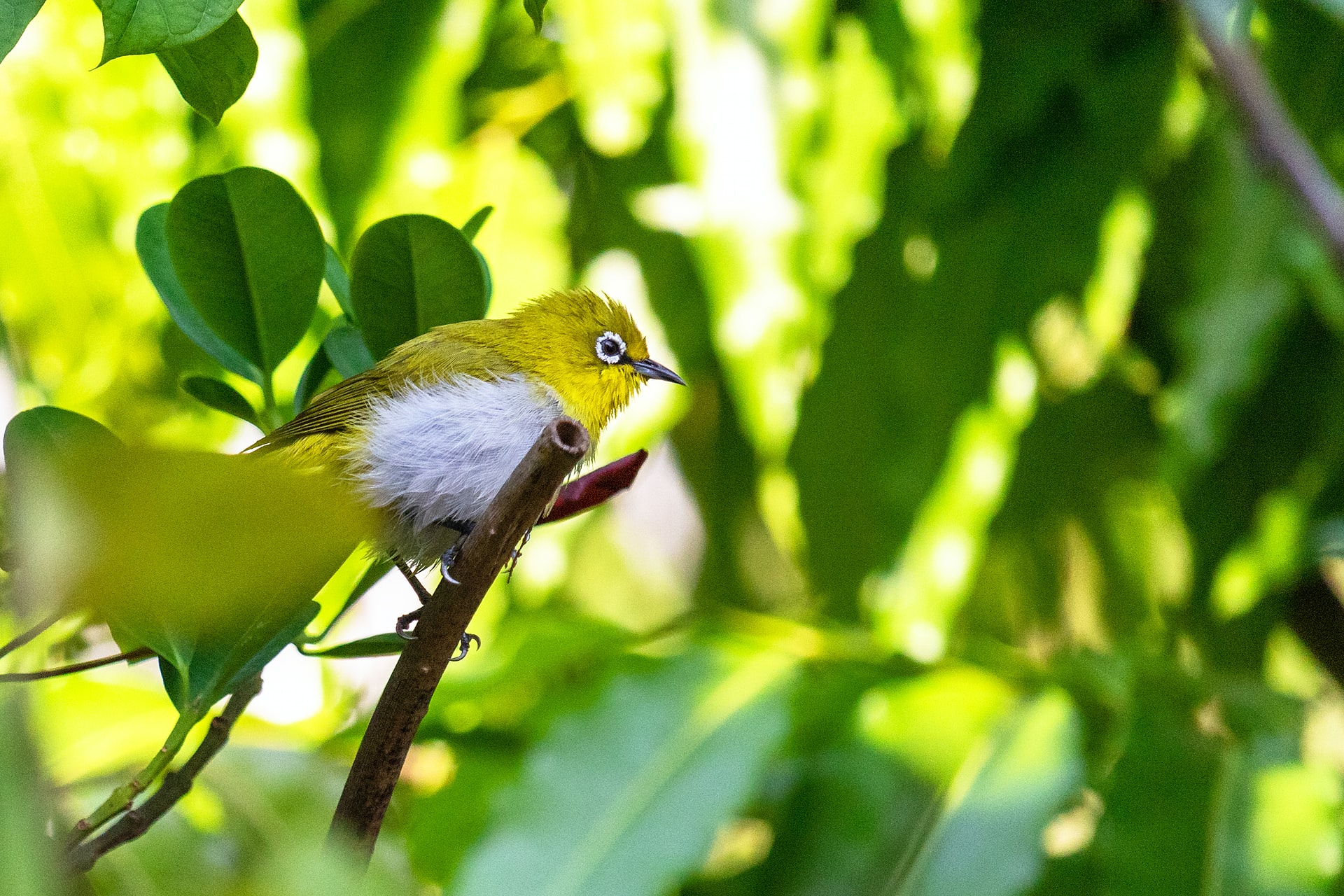
Pashan Lake, in Pune, India, has been undergoing environmental restoration since 2005 after urbanisation affected water quality levels. As part of the project, two islands for birds were developed and monitored over a 19-month period alongside more traditional water testing. The results, collected by locals in citizen science initiative, showed both water level and changes in the pH level of the water in the lake were mirrored by changes in bird populations.